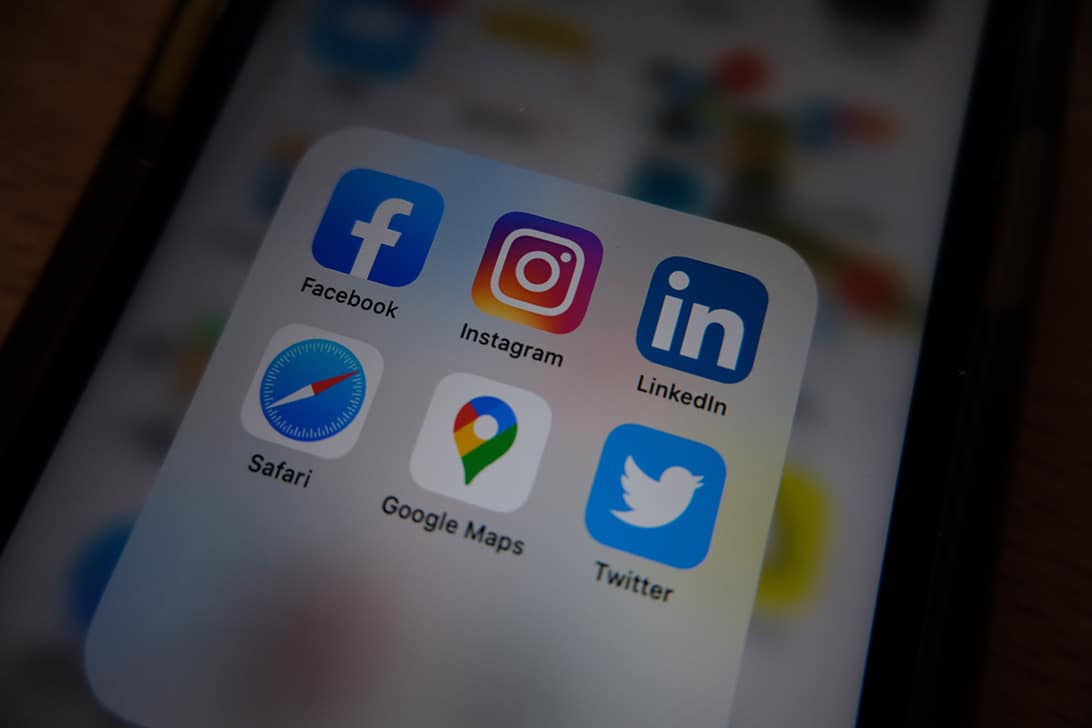
When it comes to prosumer and B2B influencer marketing, it’s key that you understand your target audience and markets, as well as the audience of the influencer at hand. Likewise, you need clear objectives and an idea of what a successful partnership looks like. It’s no different to how you would approach a consumer campaign — you need to ensure that the objectives, deliverables, and messaging reflect a B2B and/or prosumer strategy.
Read on for our top tips for prosumer and B2B influencer marketing…
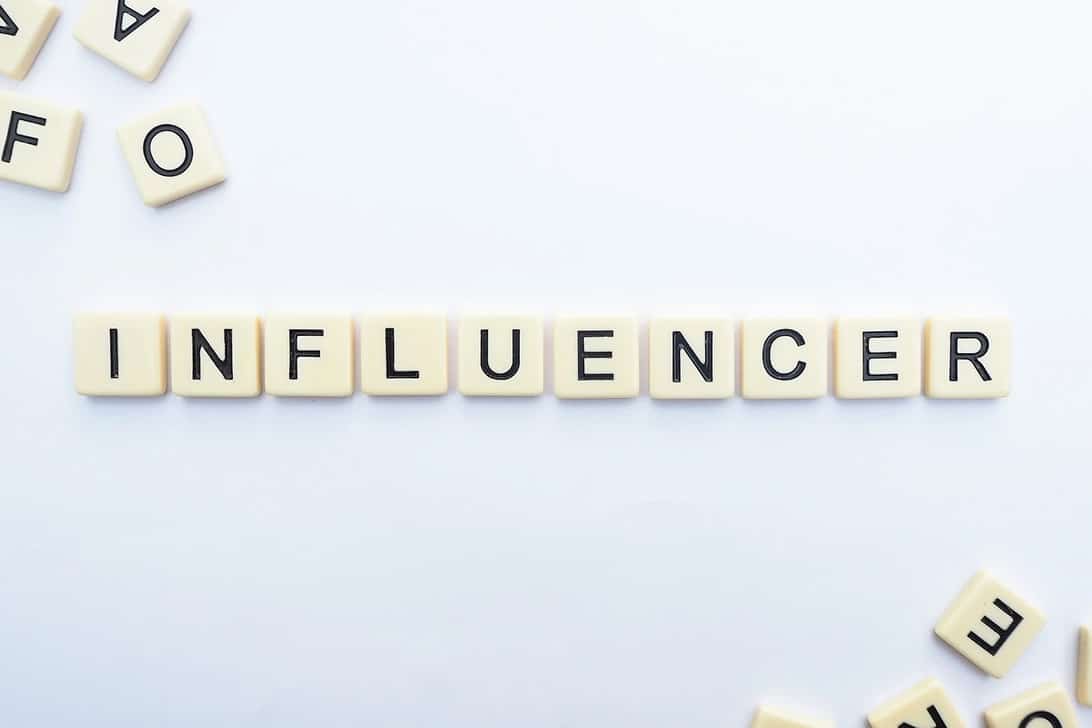
Set objectives and measure them
Just as you need a scope of work for a marketing agency, you also need one for an influencer campaign or partnership. The basis of this is simple – what is the desired outcome of the collaboration? Brand awareness? Conversion? Both? Crucially, how will this activity align with your wider communication and marketing strategy?
Conversion doesn’t necessarily mean an immediate sale. It could translate to a link click from an influencer’s post — developing a website customer journey or increase in traffic. It could mean a newsletter or event registration. The key is to be specific and realistic. If you’re communicating with a new customer unfamiliar with a brand, product, or service, then influencer marketing acts as a touch point to drive leads into the funnel.
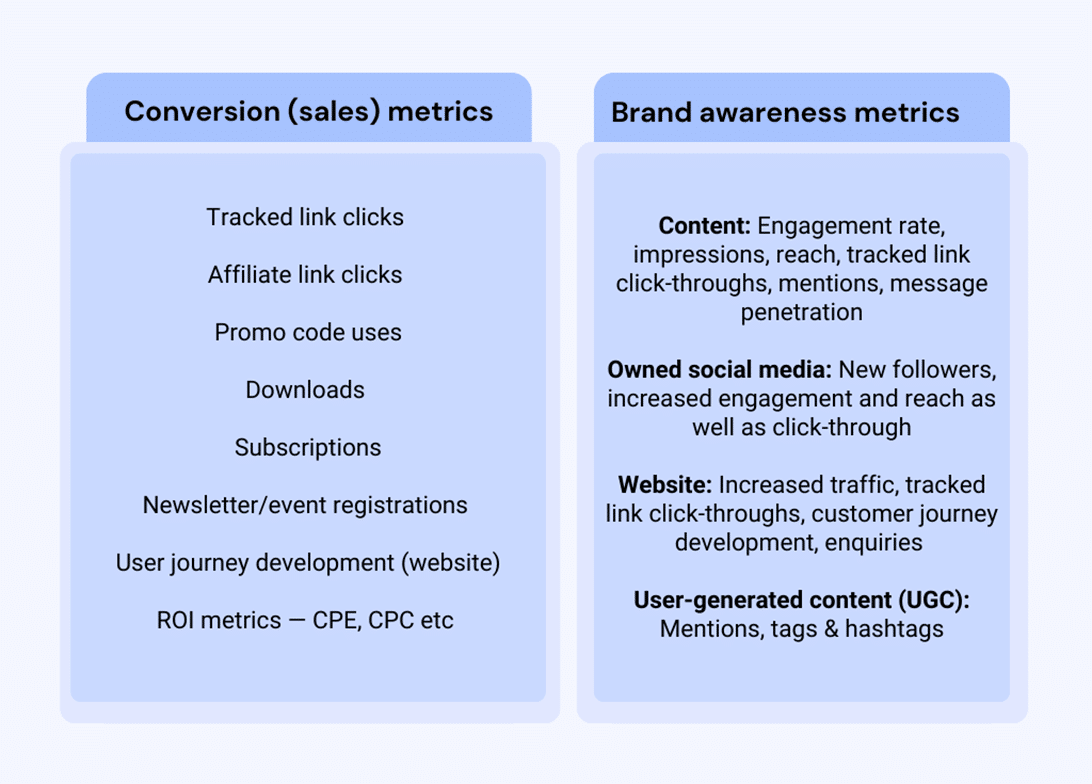
If you’re new to influencer marketing, our advice is to start simple. Looking for conversions? Ensure your collaboration has a clear call to action. Developing awareness? Strive for engagement. Refine your strategy as you refine your understanding, and if you need support, don’t hesitate to contact us. Need more context into how B2B influencers are finding success on social platforms? Check out this article on AdAge.
Recruitment 1.0: determine the audience
There are two considerations here – determining the target audience (your customer profiles) and understanding an influencer’s audience. What may seem like a good collaboration can sometimes prove the opposite when you dig into the demographics.
For example, if you intend to reach videographers in the EMEA region, the audience of your target influencer and their interests need to reflect this. Just because the influencer produces content with your camera or accessories doesn’t mean they’re engaging because they’re interested in videography — they may just like the aspirational videos! Alternatively, they may be a genuine target for your product but located in Asia. If you’re focused on regional engagement within EMEA, this wouldn’t be a suitable collaboration.
Recruitment 2.0: influencer tiering
The immediate assumption with influencer collaborations is the more followers, the better the prospect of meeting an objective. But this isn’t true — for many reasons.
The immediate assumption with influencer collaborations is the more followers, the better the prospect of meeting an objective. But this isn’t true — for many reasons.
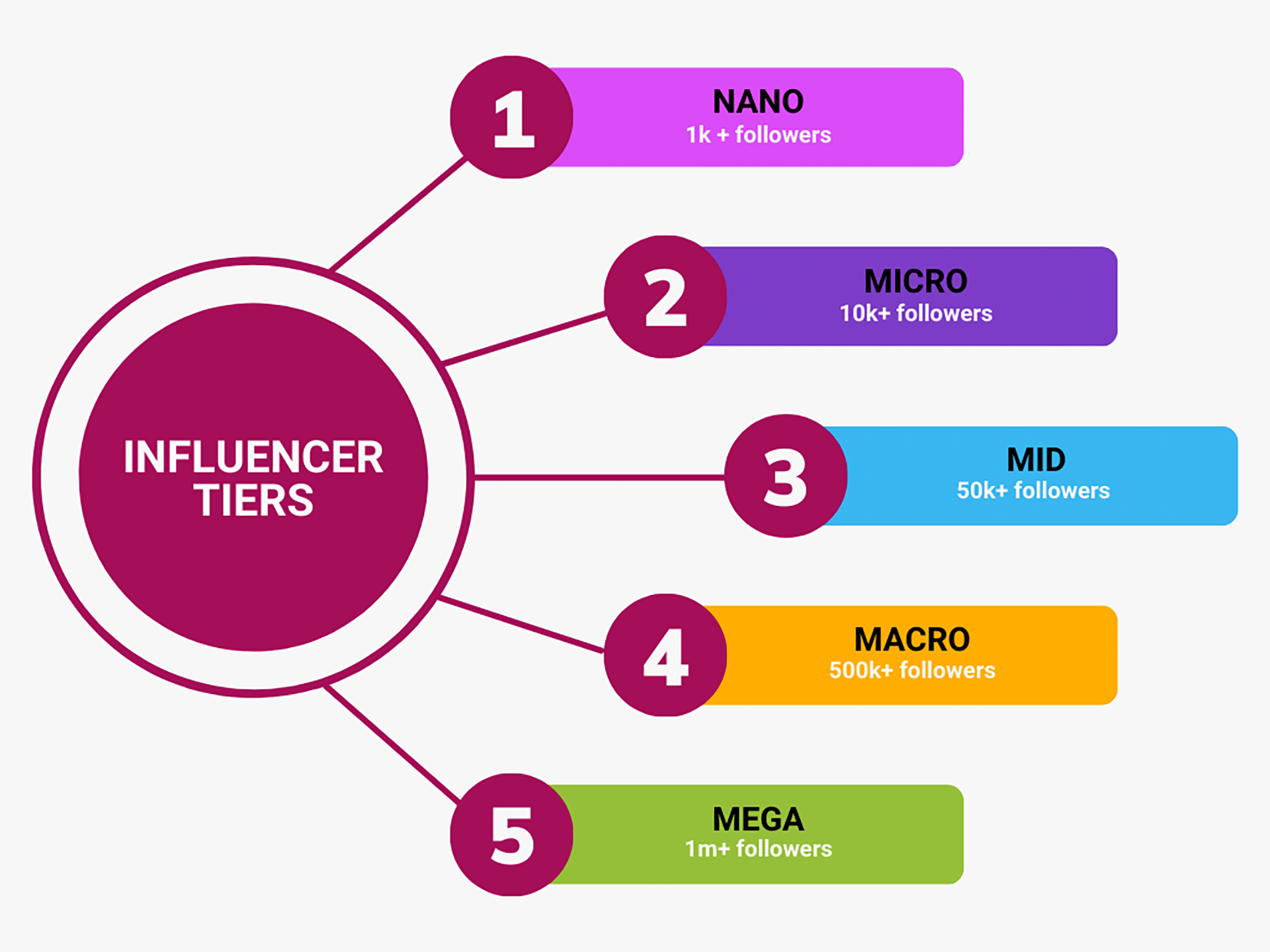
Influencers vary from a Nano (1k+), to Micro (10k+), Mid (50k+), Macro (500k+), and Mega (1m+) tiering, and there are benefits to working with all of them. The smaller the following, the more likely it is to be well-engaged. The larger the following, the higher the reach, but with declining engagement.
Nano, micro and mid-tier influencers tend to have more niche followers engaged with their subject matter. The more the influencer’s reputation grows, the more likely they are to be followed by less engaged or niche-interest accounts. What this level of followers offers is reach and, in turn, brand awareness.
It ultimately falls down to budget. Most influencer collaborations will require some kind of value proposition —more on this below. Depending on your objectives and available funds, you may find that, for example, you deliver a greater cost per engagement (CPE) by collaborating with a handful of micro-influencers. But if your budget allows for a macro collaboration, you could accomplish the same result with a single partnership. Consider your audience demographics when taking this into account – especially geographically.
Recruitment 3.0: value proposition
A value proposition doesn’t always mean cash payment and could entail gifting or loaning products or services. Some influencers are also happy to work on a performance (affiliate) basis – this is often demonstrated through exclusive discount codes or tracked links.
While exchange value is increasingly becoming the norm, some individuals still prefer to work organically. If an exchange is made, a contract is typically encouraged to legally bind the collaboration — especially if a high-value proposition is involved. Likewise, some influencers prefer to keep their content as authentic and objective as possible. The prospect of sponsored content sometimes puts pressure on collaborators to please their sponsors. Equally, the overuse of #ad or #sponsored can result in audience distrust.
How do you balance all of this?
When you embark on a new influencer relationship, you might need a value proposition to onboard them. If they’re the right partner for your business, product, or service, they should be engaged with you from this point. While you might occasionally require further sponsored collaborations in the future, you want to be in a position where they continue to talk about you organically – not because they’re paid to but because they want to.
The legal stuff
Taking legislation into consideration is absolutely critical. This can differ by country but is consistent across the UK, Europe, and the US – influencers MUST make it clear that a post is paid or sponsored. If there’s no value exchange and the content is organic, an influencer is safe to exclude a reference. If payment has been issued or products have been gifted, there must be a sponsored tag or hashtag included with the content.
Examples include: #ad #sponsored #gifted #sponsoredcontent
To ensure clarity from all parties, a contract should be drawn up to determine the necessary criteria for the partnership. This is essentially a scope of work that an influencer is legally bound to deliver. If they’ve received a value exchange for the collaboration, they should be contracted for this.

It’s important to note that if you want to repurpose influencer content for external communications and marketing use, you must agree this with the influencer beforehand. Sometimes they may charge an extra fee on top of their content creation cost, so it’s essential you discuss this prior to signing the contract and agreeing payment terms. You may also need to clarify the duration of use. For example, would you like indefinite access or simply 12 months’ use? It depends on the relevancy of the content and how much extra will be charged for usage rights.
You can find more information on UK legislation via the Competition & Markets Authority (CMA), and for the US, check out the Federal Trade Commission (FDA).
If you’re feeling overwhelmed by all of the legal jargon, don’t hesitate to reach out to us for support.
B2B influencer marketing: wider considerations
While researching and recruiting talent, you should consider brand conflicts — their associations with competing businesses. If an influencer has a habit of collaborating on sponsored content across your competitor base, you need to weigh up the value and relevance of a partnership, as it may still have value. For example, a Non-Linear Editor (NLE) reviewer on YouTube might take a gift subscription for a number of post-production platforms but provide objective reviews across the industry.
Further considerations include:
- Their history of competitor collaborations
- Were they long-time collaborators?
- Are they still collaborating with the competitor/s?
- Will this conflict with messaging or positioning?
- Is exclusivity required?
- Is this outlined in a contract?
Loyalty and longevity are extremely important. As with any relationship, the more you work on influencer relations, the stronger the bond. You’re also more likely to see long-term references outside of a sponsored collaboration if you continue to collaborate and nurture a relationship. The same is true for the influencer’s audience. The more they see your business mentioned in the long term, the more familiar they’ll become with it, leading them to trust it more.
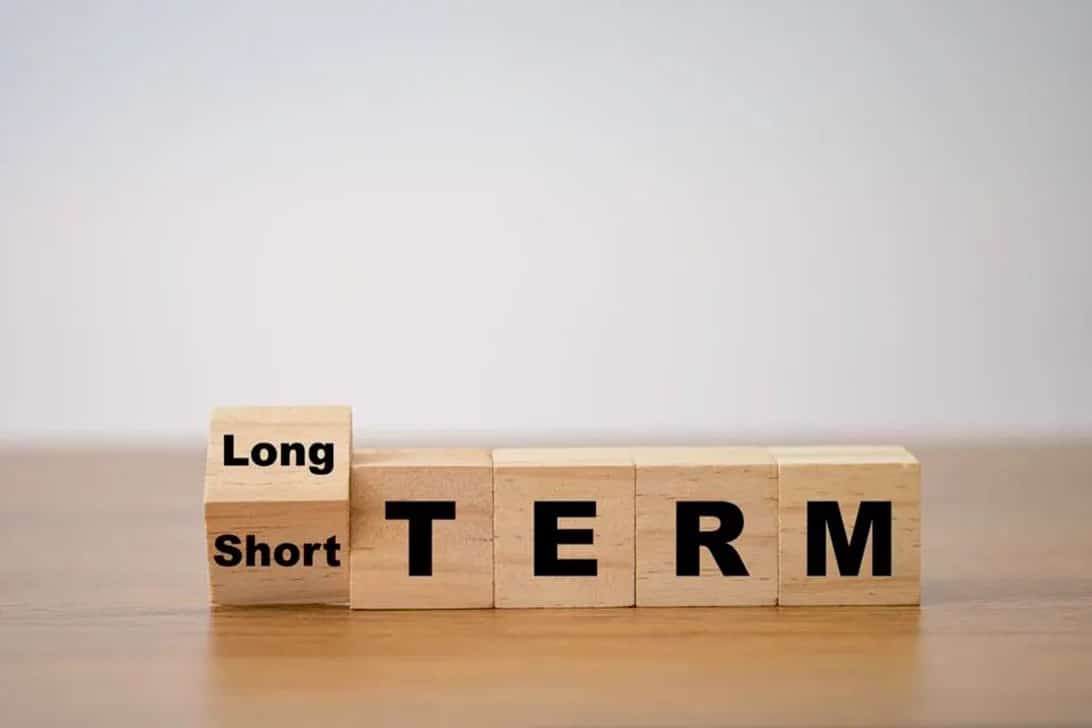
Taking B2B into consideration
Your next question may well be: ‘how does influencer marketing apply to a B2B audience?’. There are a variety of methods and platforms to make the most of. Remember that an influencer isn’t just a lifestyle personality on TikTok or Instagram. An influencer is an individual or individuals who have influence on a community. And this isn’t just limited to social media either — they could be a motivational speaker or a notable business leader. The platforms and individuals you work with depend on the audience you’re aiming to reach. Admittedly, much of this now lies in social media, and LinkedIn is a key player here.
Content can vary from sponsored talks, event presence, and case studies, to white papers, and interviews. Influencers are present in all walks of life – they’re not limited to consumer marketing and can play a pivotal role in your B2B communications strategy.
B2B influencer marketing: the checklist
There’s a lot to take in if you’re new to B2B influencer marketing, so we’ve created a checklist to help you remember the key stages in implementing a successful long-term strategy:
- Define objectives
- Determine the audience
- Do your research
- Outreach, negotiate, and contract
- Activate
- Measure
Interested in exploring a prosumer or B2B influencer marketing strategy but need some support? Get in touch with us at [email protected] or check out our Services page to learn more about how we can support your marketing communication efforts.
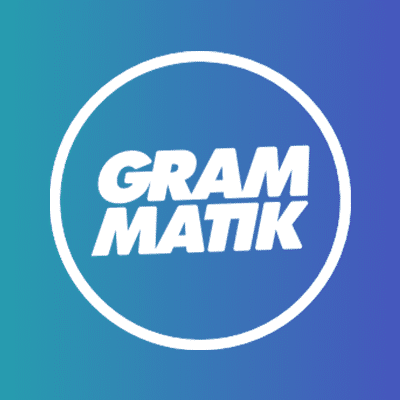
©️2024 Grammatik Agency, Second Home, 125–127 Mare St, London E8 3SJ.
[email protected]
+44 (0)20 3950 7057 Privacy policy